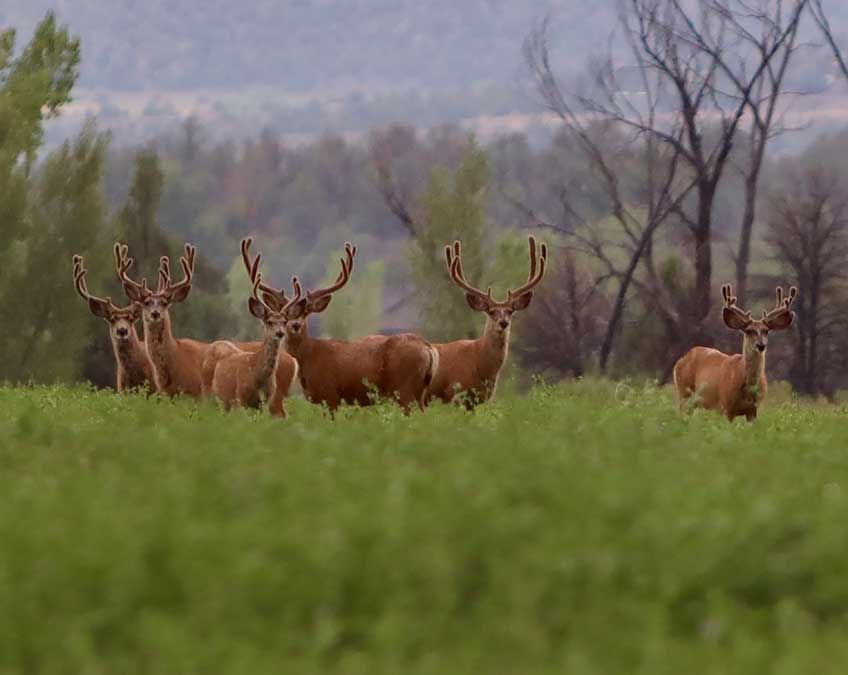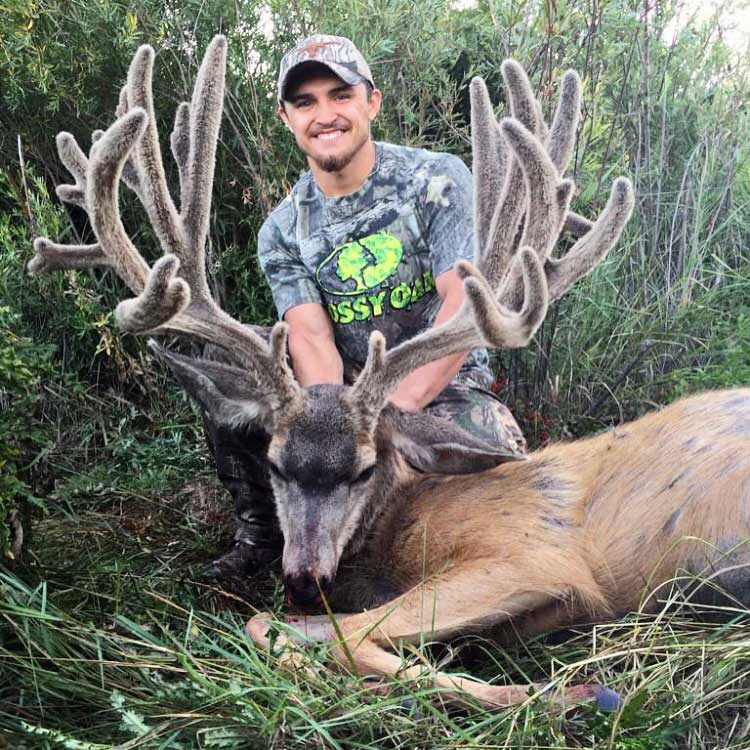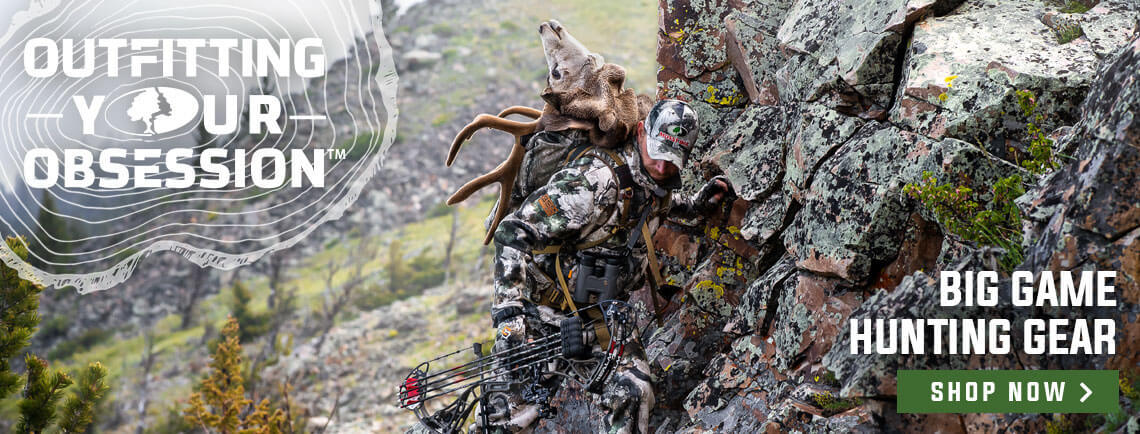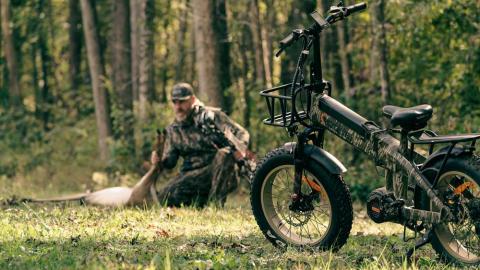Mia Anstine
I hunt for a variety of reasons. First, there is an inner peace that comes with being in the outdoors, connecting with nature. Second, I especially like the challenge of studying statistics, applying, drawing, preparing, and then doing the work to get up close with elk, bear and especially the elusive trophy mule deer bucks of Colorado.
In Colorado, many deer hunting licenses are limited, and therefore hunting licenses are given via a draw process. Becoming successful in the draw may take multiple years. A hunter must submit their draw application by the first Tuesday in April, then keep an eye out for the draw announcements later in June.
Colorado's draw process is a lottery. Study the state's data on their website to determine your odds. Some units take a couple of years to apply before a hunter draws, while others may take years longer.

How to choose unit(s) in which to apply for a mule deer hunting license:
While I generally look to my nearby hunting area to submit applications, you may choose another location. You may have factors such as proximity, hunt opportunity, deer size, or draw opportunity percentages that influence the units you look to for application.
On Colorado Parks and Wildlife's (CPW) website, under the "Things-to-do" section, click "hunting." In this section, open the Big Game Hunting Guide, where you'll be able to view hunt codes and the statewide map of hunting units. You'll want to reference this as you determine the area(s) in the state you'd like to hunt.
To learn what your chances are in a given Colorado hunting unit, you'll again look to the CPW website for help. Under the "Things-to-do" section, go to "hunting." On that page, under the "Hunt Big Game" menu, choose "Hunting Statistics." Scroll down to deer and open the statistics document.
In the deer hunting statistics report, you will find the number of available licenses in each hunt code. Numbers that will influence which unit you try to apply for are:
- The number of hunters that applied.
- The percentage of success in the draw.
- How many preference points are be required for a hunter to draw the license.
You can view the prior year's report and do your analysis. If you want to get even more precise, you can assess the previous two to five years, then compare the units and choose where you'd like to hunt.
If this is too confusing, you'll find an instructional YouTube video on the page that will walk you through the process of reading the hunt statistics pages, and you can call CPW's customer service line with questions.
To up your odds in successfully drawing a mule deer tag, choose more than one hunt code when you're completing your online application. There is room for four choices, so go ahead and fill them in.
After the draw opportunity
If you aren't successful in the draw, you can look for a landowner with hunting tags. These landowners have an amount of land that puts them in a category, which allows them to apply for depredation hunting licenses. The landowners can choose to sell these, and you may end up hunting their properties.
The landowners also have to go through a draw process to see how many hunting licenses the wildlife department will issue to them. They find out how many hunting licenses they're allotted around the same time we learn the results, so when you discover you weren't successful, look for these tag holders sooner rather than later, as they can be spoken for rapidly.

CPW doesn't maintain a database of landowner resources. However, you can do an internet search for "Private land hunts in ___ (the unit you're looking to hunt)" and find listings of outfitters or landowners who may hold hunting licenses.
Another option for finding landowners or outfitters with deer tags is to contact conservation organizations such as the Mule Deer Foundation or Safari Club International. They may have relationships with these tag holders and will be able to give you a reference. The local chamber of commerce, U.S. Forest Service, or tourism bureau is another option for help in the area hunting unit.
CPW wants hunters to be successful and encourages new hunters into the area. They offer a variety of resources to assist in hunt planning. They've created video instruction to aid in reading draw recap reports and hunting 101 videos and articles on their website.
There's an online interactive sample report to help you maneuver through sections of all the information that you find online.
Each region of the state offers Hunt Planner brochures about hunts in their areas. These plans include maps, season dates, and other essential tips for hunters new to the state.
Finally, if you need further assistance, CPW's customer service representatives are available to answer questions and help you plan your hunt. You can reach them at 303-297-1192 x 4.




























